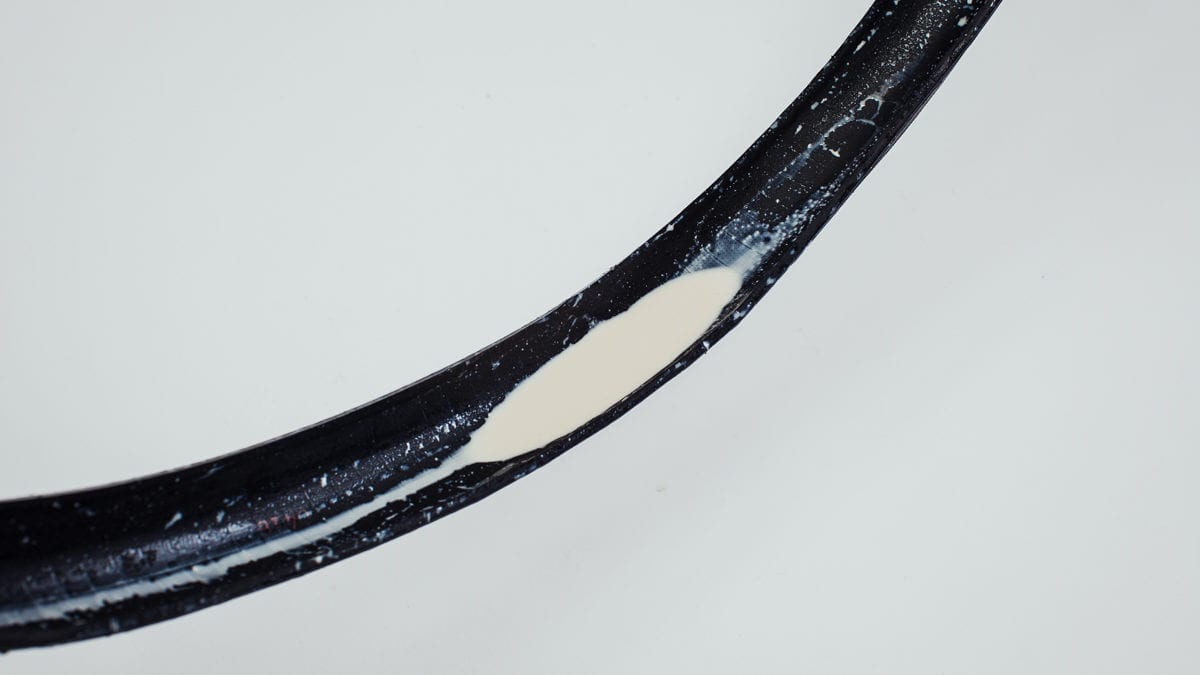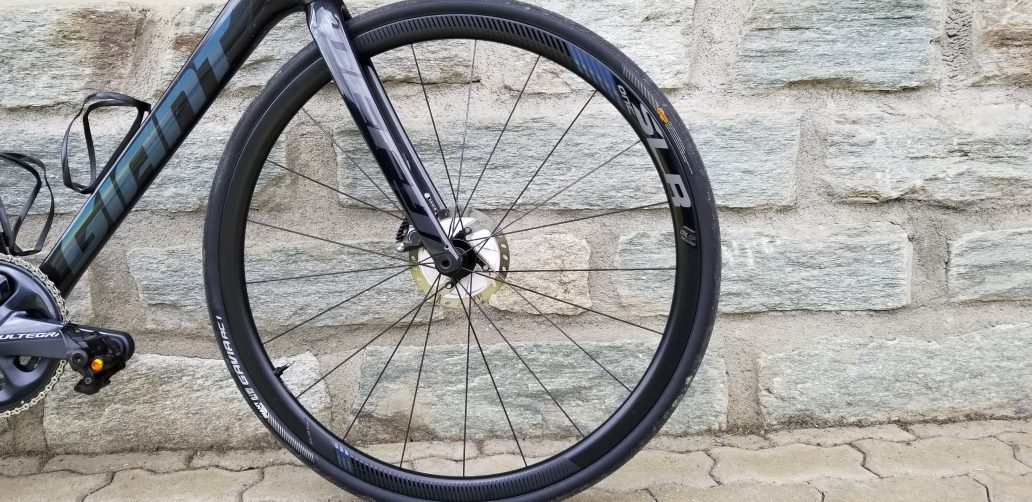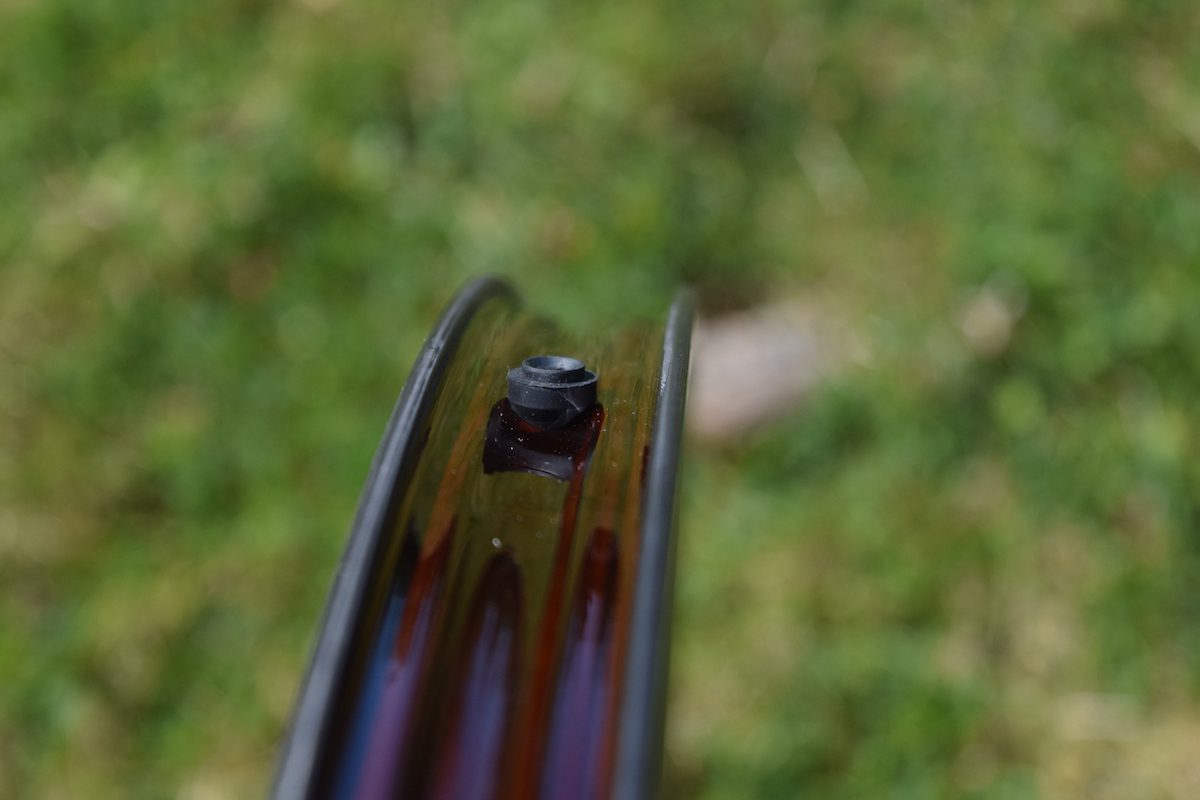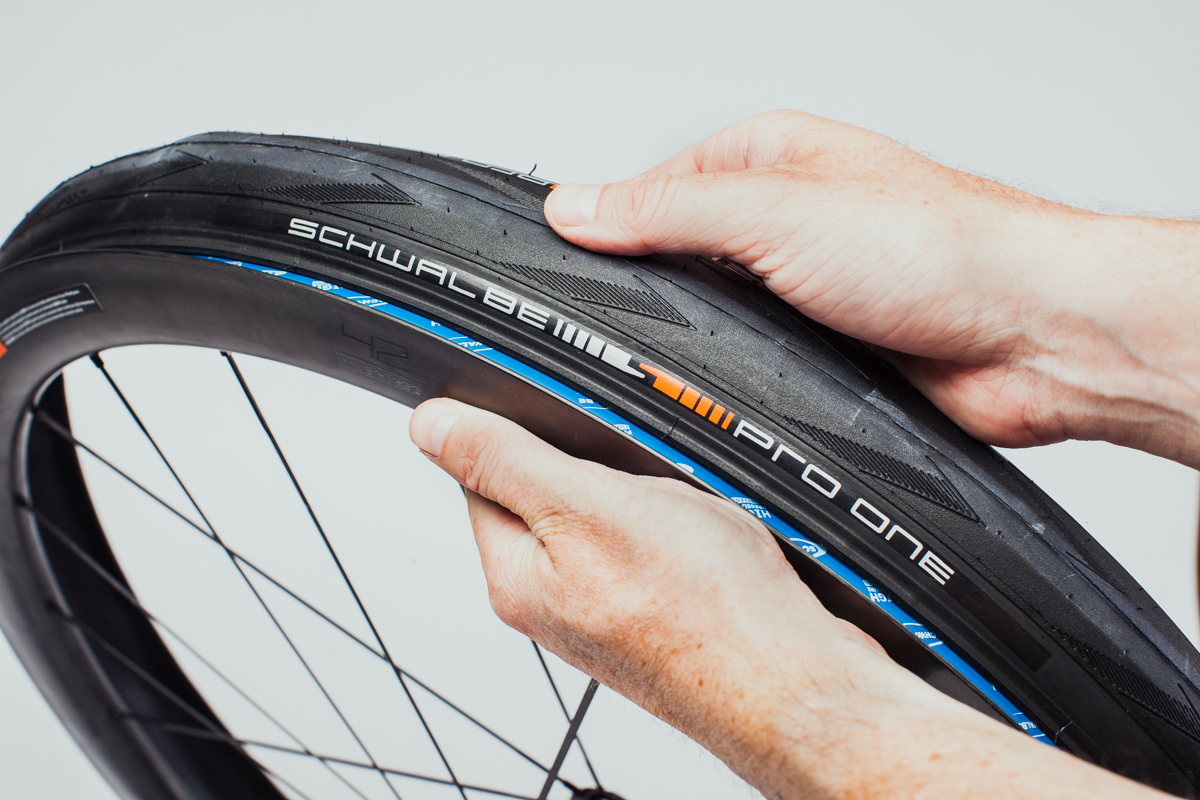Should your next wheelset be tubeless?
Things to think about before trading tubes for sealant on a road or gravel bike

After years of promise, tubeless road – and gravel tires are gaining momentum. That means more riders are asking if their next wheelset should be tubeless. This comes, of course, more than a decade after sealant became standard fare on mountain bikes. Road riding is steeped in tradition, though, and can slower on the uptake. But, with new tubeless-ready tires rolling out weekly, should 2021 be the year you finally try tubeless road?
If you’re thinking about tossing your tubes for good, read on. Here’s what you need to think about before going tubeless, and some tricks to make switching to sealant successful.
Tire volume
The biggest advantages of tubeless tend to come at relatively higher tire volumes. Improved tire design means you can run skinny 23mm or 25mm road tires now, but wider tires still feel better. Depending on the tire, this difference in feel can be because tubeless still requires a thicker rubber casing compared to a tire designed to work with tubes or a tubular.
Tire pressure – and a note on maintenance
The advantage of tubeless is that you can run comparatively low tire pressures without the same risk of flatting. This improves rolling resistance and can offer greater traction compared to the same tread in a standard casing, which is part of what makes tubular tires so popular as well. With tubeless, you’re not risking destroying an expensive tubular tire to get that performance.
How low can you go? With road tires, try 70 or 80 p.s.i., but as low as 60 can work. On gravel bikes, there’s much more variance in tire size, and so more range of tire pressure. But anywhere in the mid-20s to 40 or 50 p.s.i. is possible, depending on where you are riding.

Maintenance
Tubeless tires do require checking your tire pressure regularly. Ideally, every ride. So “set and forget” riders might not love the change. But if you don’t mind checking your tire pressure frequently (and really, we should all be doing this with tubes, anyway) you’ll be fine with tubeless. You should also check, and top up your sealant at regular intervals. This can be once a season, as well as after any time you’ve had a flat – even if it seals on its own.
Where you’re riding
One advantage of tubeless tires is improved rolling resistance over rougher surfaces. Whether that’s paved roads or mixed-surfaces. So if you ride somewhere where the roads are freshly paved and perfectly smooth all the time, you might not get as much out of the switch (but please, do let us know where that is!)
RELATED: Going tubeless? Here are a few tips and tricks

Road v. Gravel
How easy to adapt to tubeless depends partially on what you’re riding. Part of the reason mountain bikes were the first to adopt tubeless is that it works better with higher tire volumes. 2.3″ tires are much easier to make work than 23mm road clinchers, partially because they have more time to seal before they lose a critical volume of air.
In general, getting your gravel bike set up tubeless will be easier than high-pressure, low-volume road tires. In my experience, 40mm gravel tires, and 32-33mm cyclocross tires are no problem. Partially because there more volume, but also because both gravel and use lower tire pressures. 20-40 p.s.i. is normal, while road tends to be at least twice that.
RELATED: Why are Israel Start-Up Nation riders converting to tubeless?

Rims
While almost all mountain bike rims now come tubeless ready, it is not a feature that is as ubiquitous on road, yet. Before you invest in tires and sealant, make sure the rims you plan on using can be set up tubeless.
Hookless rims add another factor to consider. These tend to work better when you’re running lower pressures and higher volume tires. That makes hookless rims a great fit for gravel. It also means it is an issue to be aware of on the road. It will still work in most cases, but there are limits.
Not all tires are created equal
Some brands were quick to the tubeless road game, and it shows. The quality and easy of use of the tires are all improving, especially among brands with some experience. On the road, Maxxis carries its off-road experience into tubeless, Pirelli Cinturato’s have a good reputation for smooth rolling, while Continental GP 5000 TL feel consistent with tubes. What tire works will, like any tire, depend on personal preference and what you want to get out of going tubeless.
Also, not all tires will work equally well with all rims. Sometimes it can be a matter of finding the right combination of tire and rim to get the feel, and consistency you want. Local shops can help here, as they’ve likely had experience with the different options they stock, and know which combinations are better and which to avoid.
RELATED: The new Maxxis Receptor gravel tire is designed for unexpected roads

